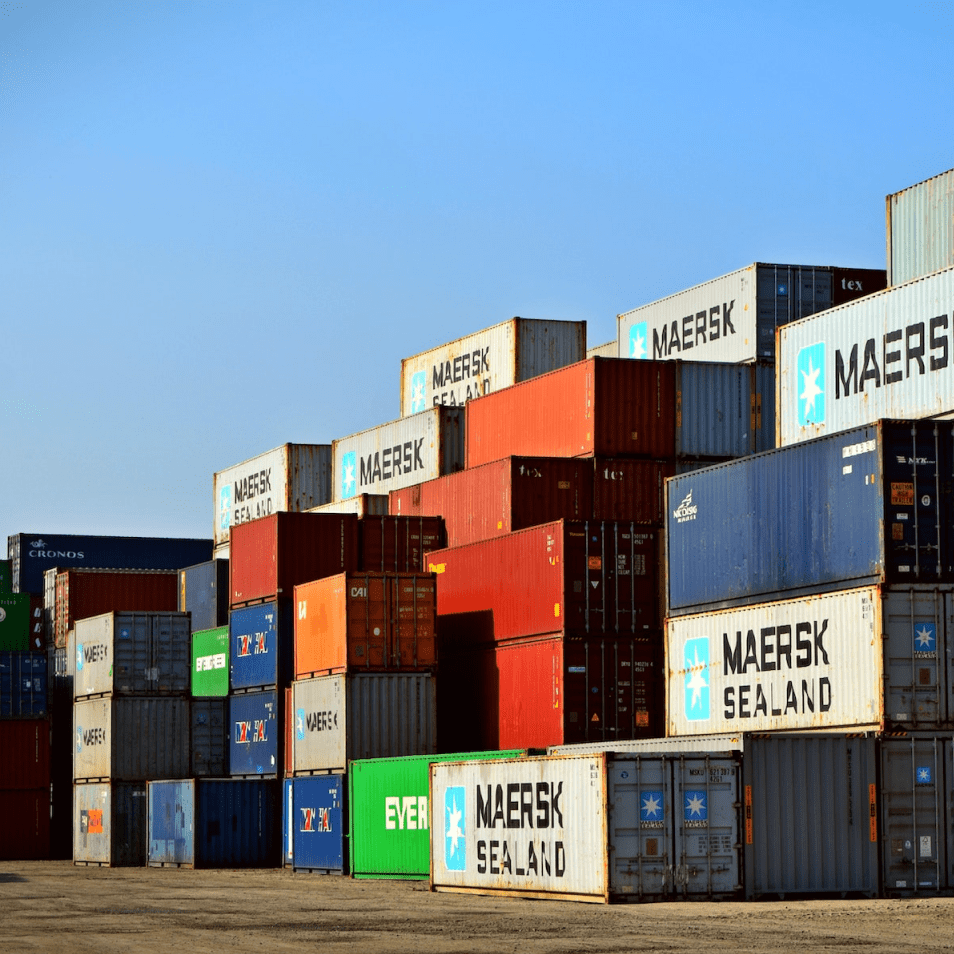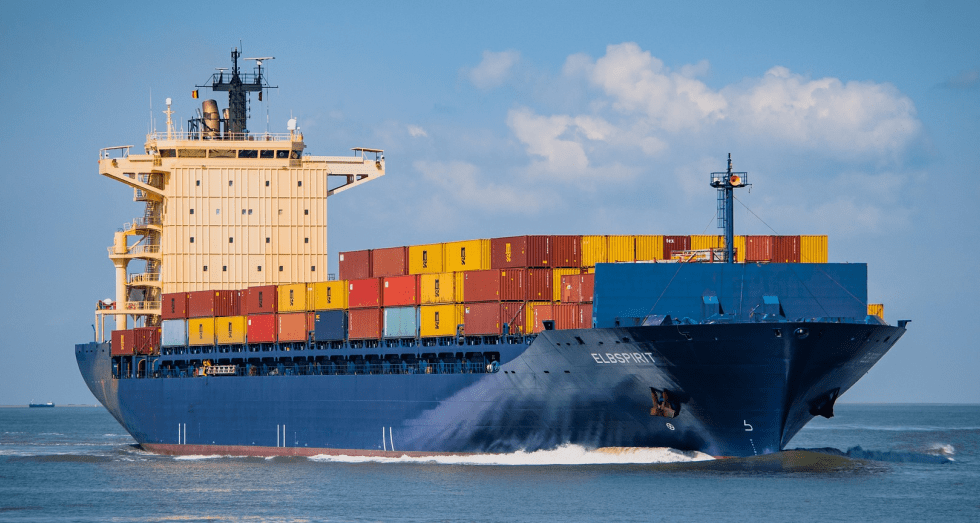Smooth Sailing: Tips for Shipping Cargo Internationally
Sea freight forwarding, also known as ocean freight forwarding, is a critical aspect of the global supply chain. It refers to the transportation of goods via cargo ships or vessels from one port to another. This mode of transportation is preferred by many businesses due to its cost-effectiveness, reliability, and ability to transport large quantities of goods. In this article, we will discuss the basics of sea freight forwarding, including its benefits, modes of transportation, and key players.
Modes of Sea Freight Transportation
There are two primary modes of sea freight transportation: Full Container Load (FCL) and Less than Container Load (LCL). FCL is used when the shipment is large enough to fill an entire container. On the other hand, LCL is used when the shipment does not require a full container. In this case, the goods are combined with other shipments to fill a container. Both modes have their advantages and disadvantages.

There are two primary modes of sea freight transportation: Full Container Load (FCL) and Less than Container Load (LCL). FCL is used when the shipment is large enough to fill an entire container. On the other hand, LCL is used when the shipment does not require a full container. In this case, the goods are combined with other shipments to fill a container. Both modes have their advantages and disadvantages.
There are two primary modes of sea freight transportation: Full Container Load (FCL) and Less than Container Load (LCL). FCL is used when the shipment is large enough to fill an entire container. On the other hand, LCL is used when the shipment does not require a full container. In this case, the goods are combined with other shipments to fill a container. Both modes have their advantages and disadvantages.
Benefits of Sea Freight Forwarding
Sea freight forwarding offers several benefits to businesses that use it to transport their goods. Some of the benefits include:
Cost-Effectiveness: Sea freight forwarding is one of the most cost-effective modes of transportation, especially for businesses that require the transportation of large quantities of goods. This is because cargo ships can transport large volumes of goods at a lower cost compared to other modes of transportation.
Sea freight forwarding is a reliable mode of transportation since it is not affected by traffic or weather conditions. Additionally, cargo ships are designed to withstand harsh weather conditions, which reduces the risk of damage or loss of goods.





